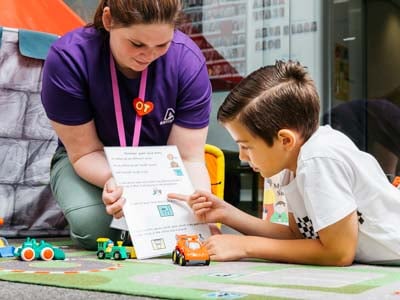Autism social interaction strategies
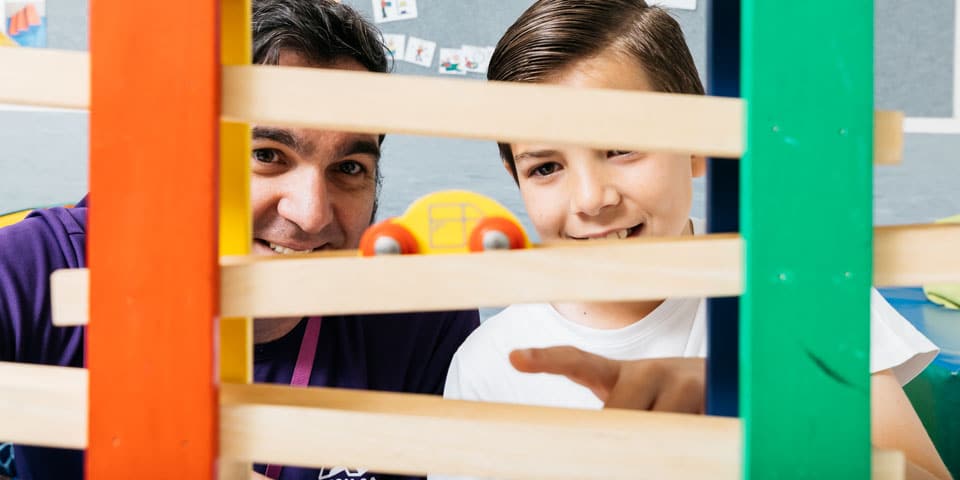
What is social interaction?
Social interaction means knowing how people are expected to act in certain situations, including interacting with other people.
This involves paying attention to social information, interpreting what is going on in these situations, problem solving in certain situations, and then responding.
A significant number of skills are required to interact successfully with others and these skills typically develop over time, usually until people are adults, and then seem able to interact seamlessly.
From the moment you open your bedroom door, until you close it at night, most people rely on social interaction skills to get through their day.
Learning how to interact with others helps with making friends, building relationships of all kinds, learning from other people and developing new interests.
For parents of children with autism, whoever your child socialises with, it’s important that their relationships are based on acceptance and understanding.
For children, this might mean learning how to play together, take turns in a game or share a toy. For adults, this might mean understanding emotional and social cues like knowing how to begin a conversation, knowing what to talk about in certain situations, or being aware of unspoken social interactions, like lining up at the supermarket.
Having social interaction skills also means knowing how to manage conflict – like when you don’t agree with someone or feel angry – or how to solve problems in the workplace or in relationships.
Social interaction skills can help us to feel as if we belong and are included. This might mean being a member of a sports club, having a hobby that involves other people, or going out in social situations without feeling overly anxious, upset or stressed by not knowing what to expect.
Common social interaction skills include:
- Play skills – like taking turns, sharing, cooperating.
- Conversation skills – including body language and knowing what to say.
- Emotional skills – like managing feelings and understanding how others feel.
- Problem-solving skills – such as reading the context, dealing with disagreements or making decisions in a social situation.
These skills typically develop over time, however, for people on the autism spectrum, the development of play skills or other skills used in social interaction, often develop differently.
Chronically awkward people can feel like everyone else received a secret instruction manual at birth.
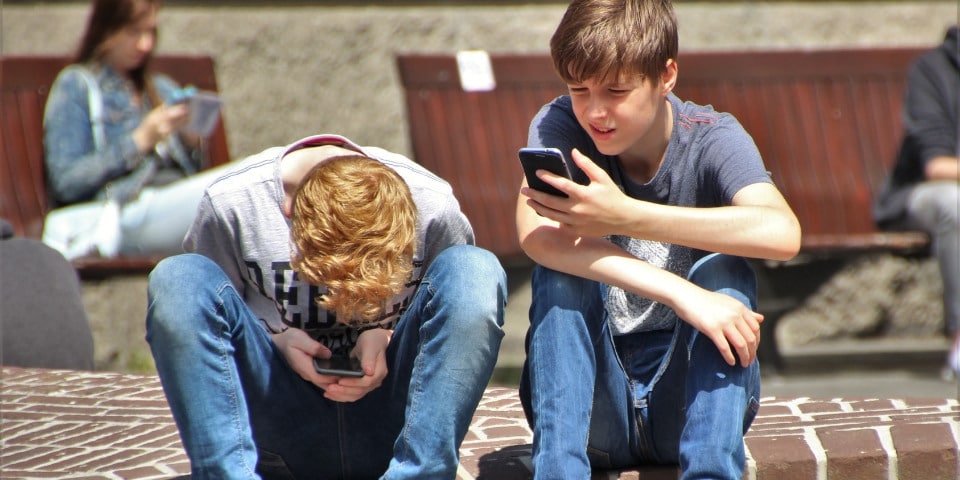
Impact of autism on social interaction
For people on the autism spectrum, a common theme is having difficulties with social interaction and interpreting other people’s behaviour, as well as knowing what to say or how to behave around others.
People on the autism spectrum will have varying skills and desires when it comes to social interaction.
For some people on the spectrum, they may display limited motivation in interacting with those around them. It may only be to get their needs met, such as using their arm to reach for an item that is out of reach.
Others on the spectrum, may have a desire to interact with a range of people, to a large extent.
People on the autism spectrum may find social interaction difficult, which can impact their ability to:
- Start or hold a conversation.
- Understand non-verbal communication cues including body language and facial expressions that gives context to what is being said.
- Make and maintain eye contact.
- Talk about something that is outside of their interest.
- Understand non-literally language such as sarcasm, idioms and metaphors.
- Understand when people use language to hide their feelings or words in a way that doesn’t make their meaning clear.
- See things that other people might not notice, eg. some people on the spectrum hyper-focus on minute details, hearing every leaf rustle in the wind, or make connections that others don’t.
- Accept touch, therefore they may find hand-shaking or big groups and crowds confronting.
- Filter out less important information such as background noise.
- See others point of view.
- Alter interactions to suit environmental or social contexts eg. changing behaviour when interacting with grandparents, compared to peers, or work colleagues.
See our page on how communication affects people on the spectrum for more information.
For some people on the autism spectrum, challenges with social interaction can lead to anxiety or a feeling of being isolated.
Unfortunately, according to some studies people that are on the autism spectrum are more likely to experience bullying than any other type of disability.
For others, while having social interactions is important, they may enjoy their own company and not care about others so much.
I am actually very proud that I am me. I don’t mind my own company at all and have nothing in common with most other boys. This seems to cause teachers a problem. One teacher told me that it was time I stopped being a ‘Billy No Mates’ and got out there and started having fun. As if his idea of fun was the only way – yeah right.
What strategies are there for developing social interaction skills?
Just like reading, maths and writing skills, social interaction skills can be learnt. For some people, they can learn social interaction skills just by watching what others are doing and how they interact. For many other people, they learn by focusing on one skill at a time, practicing it and using it in different situations.
If you’re a parent of a child who struggles with social interaction, you can help them practise through playing games together, role playing, modelling – including video modelling and prompts – and direct social skills training. We will talk about some of these here.
Examples might include:
- Developing Play skills, by playing games with teddies or dolls like tea parties, catching a bus or riding on a train, going shopping, Simon Says, card or table games like Connect Four or Uno, kicking a ball to each other or sharing a jigsaw puzzle.
- Creating a social narrative to provide information to your child before they have a friend over so they know what to expect, have some ideas for things to do together or what to talk about.
- Using visual supports to problem solve social situations, like having one piece of cake left over, managing a disagreement, or responding to someone getting hurt, upset or bored.
- Role play, or modelling so your child sees ways of managing all sorts of social situations in different ways.
Dr Temple Grandin has a useful short article about how she learned social skills from her mother and at school.
Here is a helpful video about children helping other children with social skills and community support for children on the spectrum.
Nypicals (neuro-typicals) may take in a room full of people by instinct, but I can achieve a pretty decent result by using good old focus and concentration.
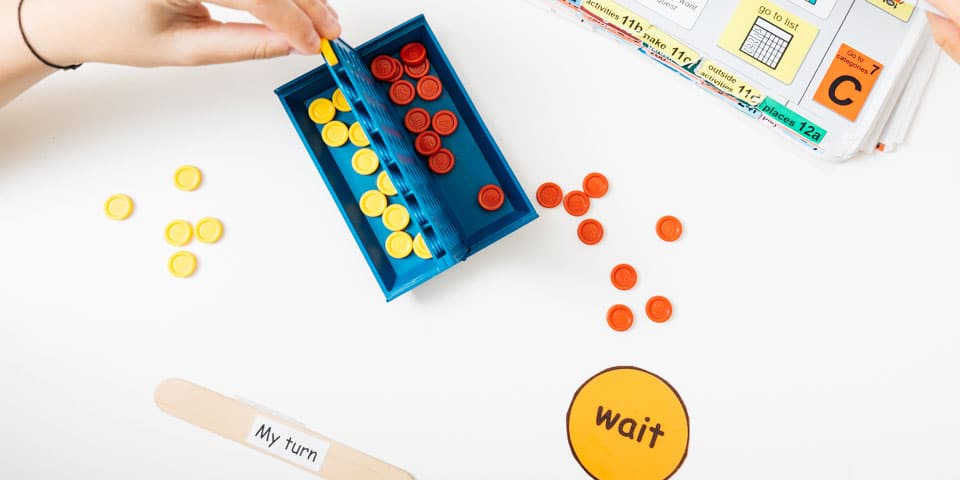
Play skills for children
Developing Play Skills
Managing social interaction in a group of people takes different skills to those needed for managing one-on-one interactions.
Parents and professionals can support the development of a child’s play skills. This can be provided through naturalistic teaching (teaching in the moment), through structured play groups, or through therapy or intervention programs. Speech Pathologists, Psychologists and early intervention therapists can often support the development of play skills.
When developing play skills, it can be important to identify where your child is developmentally. This way you can extend their play skills.
It is important to ensure play is enjoyable when developing play skills, use a person that the child is comfortable with, take time to ensure your child is not getting upset by attempts to join in or contribute to the play experience, and ensure play skills are developed at your child’s level eg. on the floor. Once your child is more comfortable, less familiar adults may be used and experiences can be extended.
Developing observation and play skills is often supported by prompting and reinforcement. More information can be found about this on our autism behaviour strategies page.
Solitary Play
This is when a child plays with objects on their own without showing an attempt to initiate play with others, or is actively trying to avoid others.
To develop a child’s tolerance for being able to interact with another person, try the following strategies:
- Position yourself close to your child and attempt to draw their attention to you during play activities. This can include copying their actions, or mimicking the sounds they are making. An example would be to push a train on a track and say “toot, toot”
- If your child is engaging in a task, attempt to join in eg. if they are stacking blocks, try to add one.
- Play with one of your child’s preferred toys, engage with them when they approach.
- Encourage the idea of ‘play’ as something that you do by using the words “let’s play” and “good playing”.
Parallel Play
This is when a child plays alongside other children using a similar toy, such as a train, or bucket and spade.
Your child may apply attention to others playing for short periods of time, then return to their own object or activity.
Develop social play through joint attention, turn-taking, and different ways of playing with items to allow them to learn, and follow, simple demands and requests.
Strategies for parallel play include:
- Directing your child’s attention to others children’s play “look what they are doing”.
- Providing opportunities to engage in structured turn-taking games and activities such as jigsaw puzzles, Potato Heads, Jack-in-the-box, with verbal prompts “my turn”, “your turn” etc.
- Provide prompts to request toys and items from other children, either verbally, or through non-verbal communication.
Cooperative or Social Play
This is when children play together with others and have an interest in both the activity and other children involved.
Encourage your child to demonstrate skills in working in groups and their need to interact with others.
Strategies for cooperative and social play include:
- Breaking tasks down so that they have a clear start and finish point.
- Providing structure such as visual supports.
- Encouraging choice making skills in ‘free time’.
- Parents and carers can model what to say to other children during play eg. “Can I play?’, “Will you play with me?”, “Can I please have the turn next?”.
- Encouraging and modelling turn-taking skills “Johns turn”, “your turn”.
- Encouraging joint attention “what are they doing?”.
- Developing skills to cope with change and transition.
- Providing structure to increase participation in group activities such as mat time, music time.
- Increasing the size of social groups slowly.
- Increasing the length of social interaction slowly.
Including a schedule of structured and unstructured play times so they can practice choice making.
Here is a helpful video about developing social skills through play and social scripts to help children who struggle with social interaction.
When people on the spectrum reach teenage years, there can be further challenges to ‘fit in’ and feel part of a group. While parties and social gatherings can help them learn and practice skills, they can also cause a lot of stress or anxiety.
It’s helpful to remember that all teenagers struggle with these events, not only those on the spectrum. Try not to force your child to take part in too much social interaction if it makes them feel unhappy or uncomfortable. Some people on the spectrum are satisfied with short periods of social interaction and this should be respected.
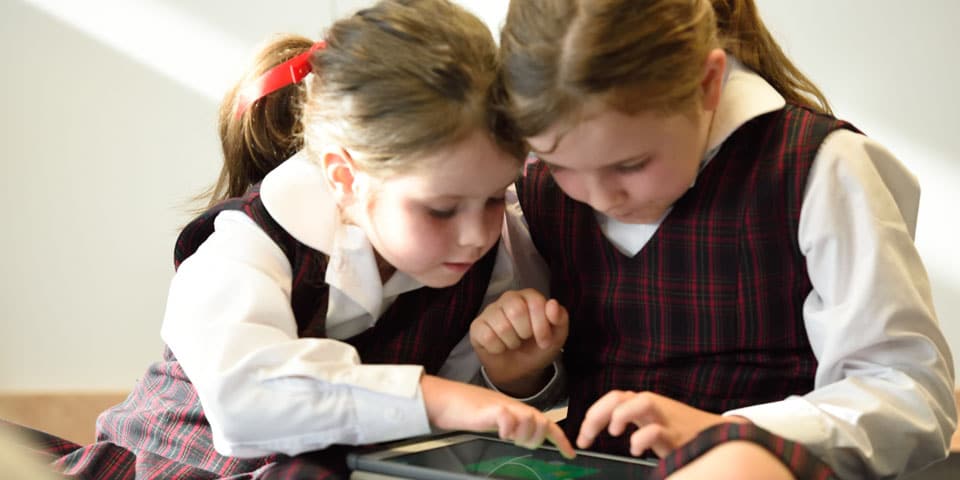
Social skills development for autistic people
There are a range of strategies that can be used to increase social understanding, and to develop social skills at any age. These include;
Structured Social Skills Groups
There are many types of structured social skills groups that are offered for people on the autism spectrum across all ages.
They are often implemented in small groups with a professional trained in developing social interaction skills or other therapists leading the group. They may be offered in schools, in pre-schools or in the wider community. They typically are structured and use prompting, or scaffolding as needed to support students’ performance related to the goals of the activity. Some have an interest focus such as Lego, while others focus on skill development.
For more information on structured social skills groups in your local area, contact your local autism association.
I usually say what I really think. A great mistake nowadays. It makes one so liable to be misunderstood.
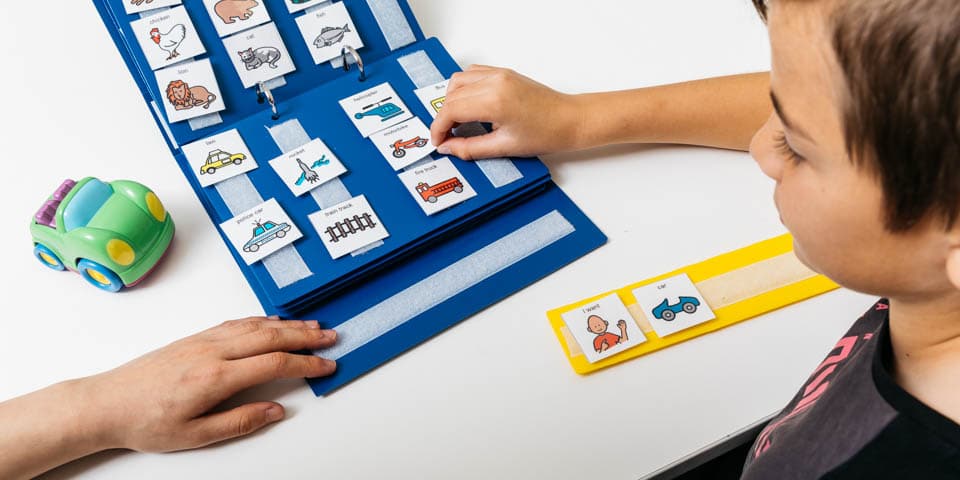
Social narratives
Social Narratives are narratives that describe social situations in some detail by highlighting relevant cues and offering examples of appropriate responses. Social narratives are individualised according to an individual’s needs and typically are quite short, perhaps including pictures or other visual aids.
Social narratives can help people with autism develop greater social understanding, stay safe and to enhance their social interaction skills.
Social StoriesTM is a term created by Carol Gray in 1991. They are social narratives written to a specific criterion to ensure the integrity of the story is maintained. When a Social StoryTM is developed using the specific criteria, they are evidence based, and research has shown that they can support the development of social interaction skills.
Social narratives or Social StoriesTM include descriptions of situations, events or activities that include specific information about what to expect in that situation and why.
Carol describes this technique as “a social learning tool that supports the safe and meaningful exchange of information between parents, professionals, and people with autism of all ages.”
Social narratives can be useful in many circumstances, such as developing self-care skills like cleaning teeth or saying thank you, and as a behavioural strategy, such as what to do when angry or how to cope with obsessive feelings.
Social narratives can also help with:
- explaining how others might behave or respond in a particular situation
- promoting understanding about the perspective of a person with autism
- coping with changes to routine and unexpected distressing events, like a teacher’s absence, moving house or a bad storm
- giving feedback to someone about an area of strength or achievement, to encourage self-esteem.
Social narratives work by breaking down information in a literal, basic way. They can explain sequencing (what comes next in a series of activities or steps), and ‘executive functioning’ (planning and organising).
All these things can reduce anxiety and create more comfortable feelings for some people on the spectrum.
Here is an example from Carol Gray’s The Social Story Book (2015):
Time for a bath.
Sometimes I get dirty.
When I get dirty my parents want me to be clean.
Most children take baths to get clean.
I will try to take a bath when my parents tell me it’s time to take one.
Social narratives should be shared at a time when everyone is feeling calm and relaxed, using a straightforward approach like, “I’ve written this story for you. It’s about thunderstorms. Let’s read it together.”
Think about how often to repeat the story. They should be reviewed prior to the situation that the information would be beneficial e.g. before it is bath time, not as a consequence for not getting into the bath. Keep copies of all your stories so you can find and review them, as well as monitor how they are being received.
For more information, go to Carol Gray Social Stories.
A range of professionals should be able to support you or your child in to developing effective social narratives, including Speech Pathologists, Psychologists, and Developmental Educators, and other educational professionals.
Comic strip conversations
Carol Gray also coined the concept of Comic Strip Conversations TM, which are visual representations of conversations. These drawings can show:
- What has been said in a conversation.
- How people might be feeling.
- What people’s intentions might be.
This technique uses stick figure drawings and symbols to represent social interactions, including conversation, and colour to show emotional meaning.
For example, green might show good ideas, happy and friendly; while red shows anger, bad ideas and unfriendly.
This very visual strategy breaks down interactions in a concrete, visual way so that more abstract aspects of social interaction are easier for people with autism to understand.
Visual supports
Visual supports encompass picture cards, tactile cards, photos, short videos, coloured card or stickers, scales and line drawings. There are many types of visual supports. There is useful information here that may help your child on the spectrum.
Visual cards can also be used as prompts, like teaching someone how to have a conversation, or learn a new skill. One example might be what happens when you go out for a meal – you arrive at the restaurant, speak to the waiting staff, look at the menu, order the food, the food is cooked and then served, you eat the meal and then pay the bill and leave. This breaks down events so they are non-threatening for some people with autism.
Scales are also very useful in breaking down abstract social and emotional concepts in a visual and concrete way. This can support a person to identify the expected social interaction in different situations.
The Incredible 5-Point Scale created by Karri Dunn Buron and Mitzi Curtis is an example of how scales can be used. Kari states that “A primary goal of the scale is to help them (people with autism) notice and functionally respond to their own and others social behaviour.”
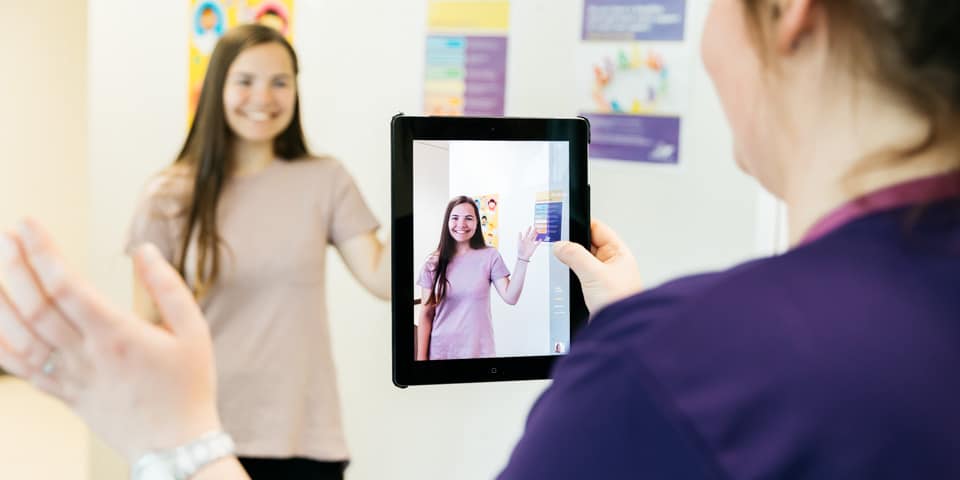
Modelling
Modelling is the demonstration of a desired behaviour by either a parent, professional, or peer that can result in the imitation of that behaviour by the learner. This can lead to the development of new skills. Modelling is often combined with other strategies such as prompting e.g. ‘my turn’ and reinforcement eg. ‘good talking-turns’. For more information visit out autism behaviour strategies page.
Video Modelling
Video modelling is the same as modelling, but rather than doing it in real life, footage of the skill being modelled is recorded on video, so that the learner can review the video at a time that suits them, and repetitively to develop fluency in learning the skill.
There are different types of video modelling, some use peers or adults to create the video footage, while other types of video models use footage of the learner themselves, either displaying the skill or a small part of the skill, which is then edited together.
An example of a Video Model can be viewed here.
There are some iPhone and Android applications that can also make video modelling easy, such as the iModeling – Video Modeling App from Autism SA.



